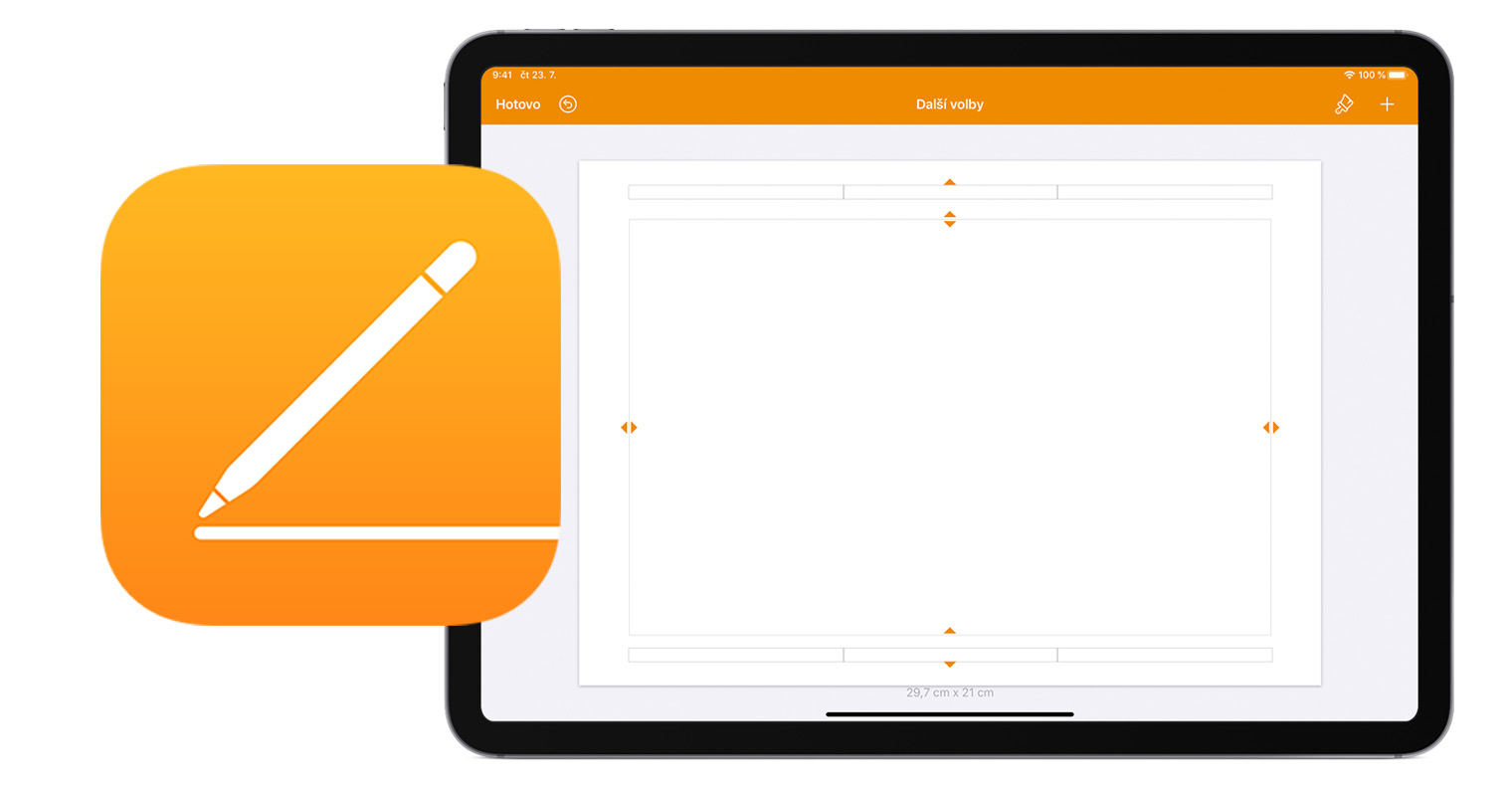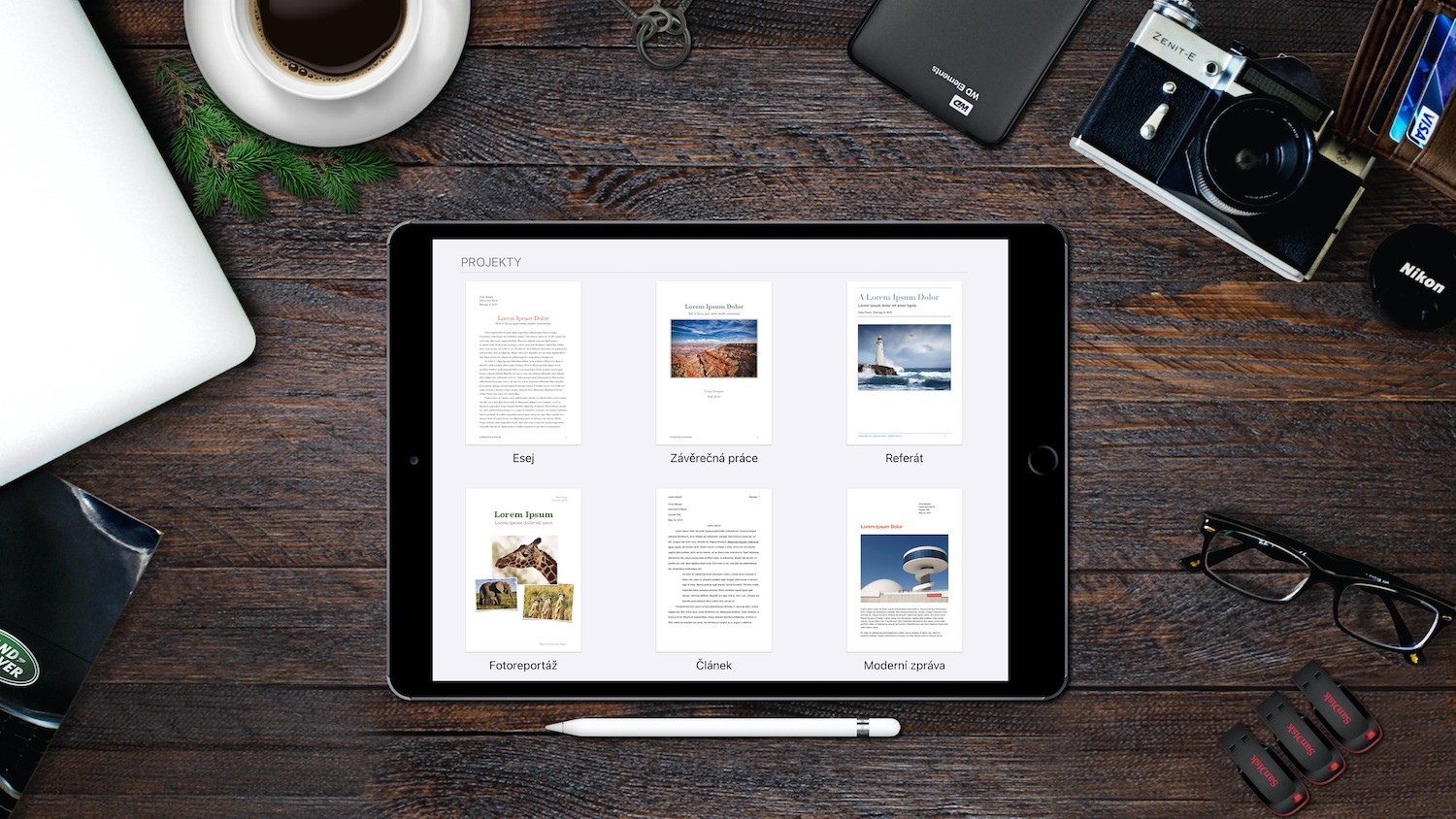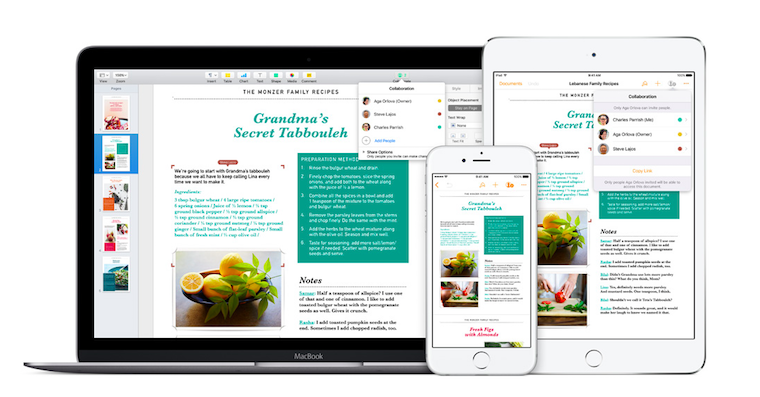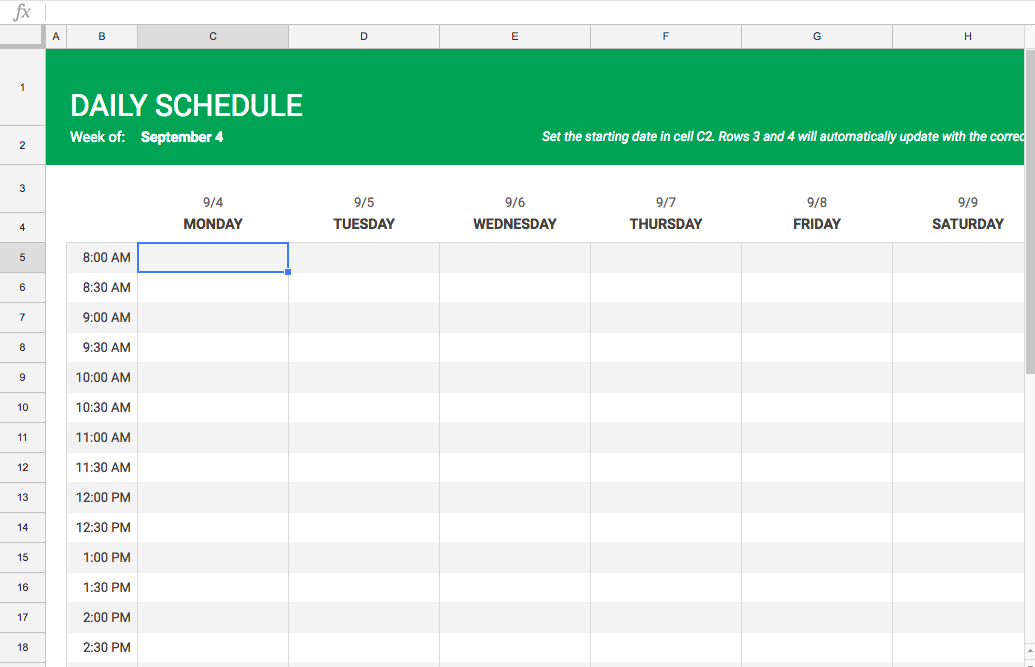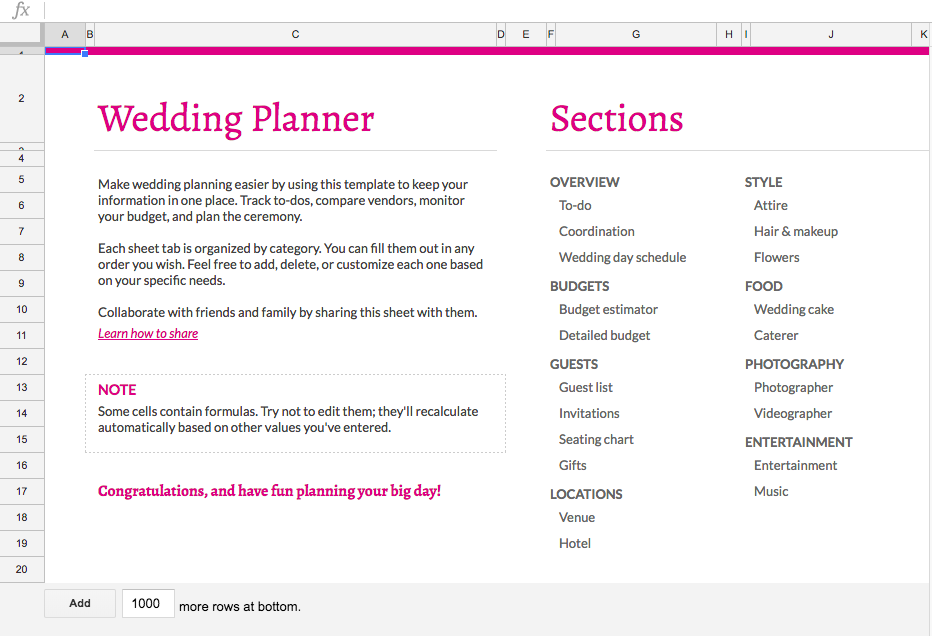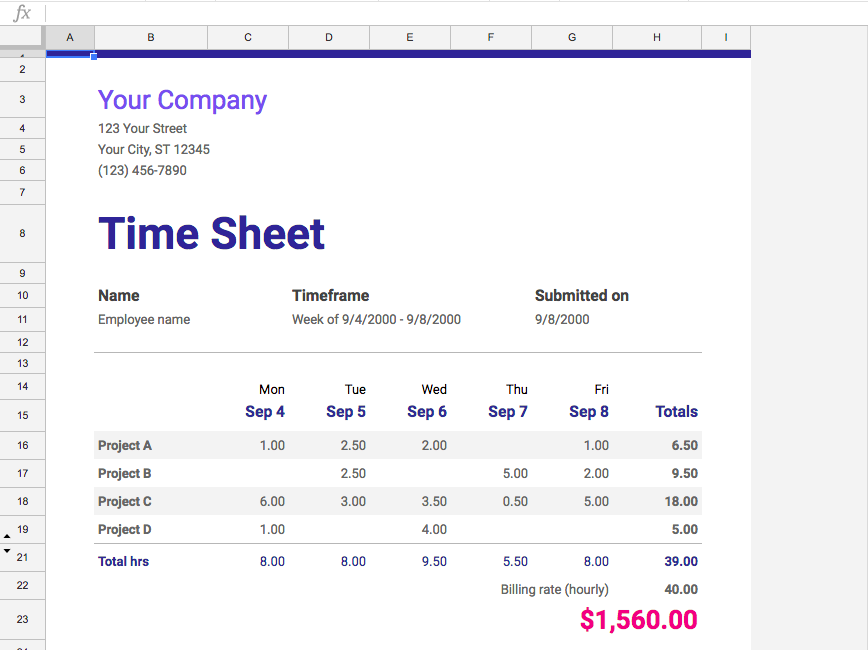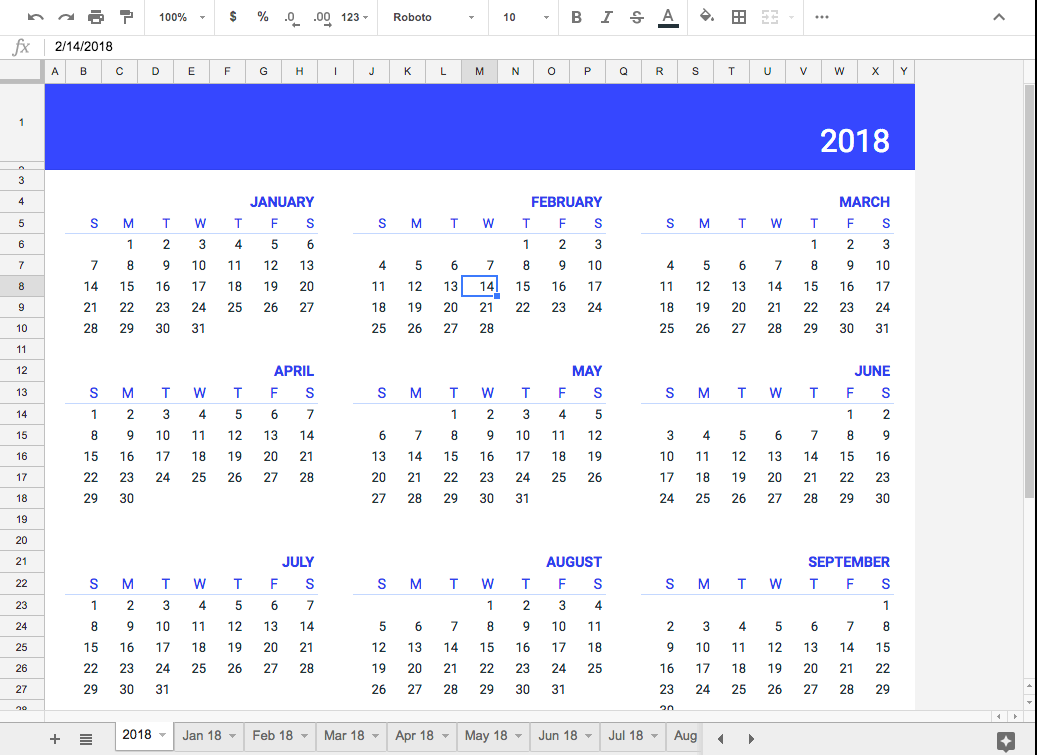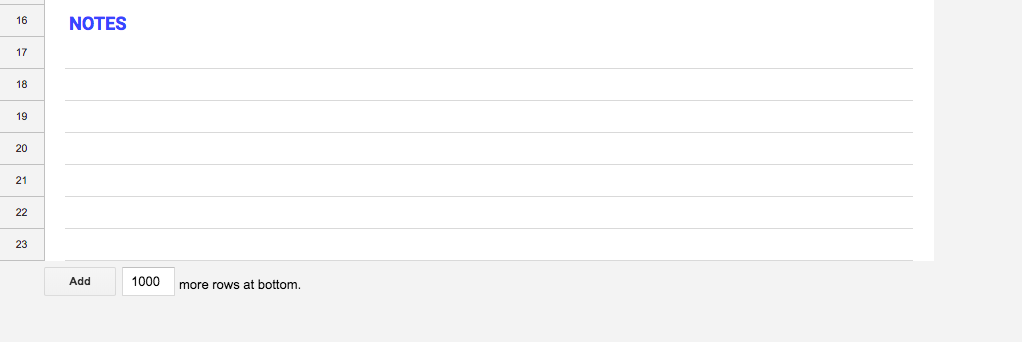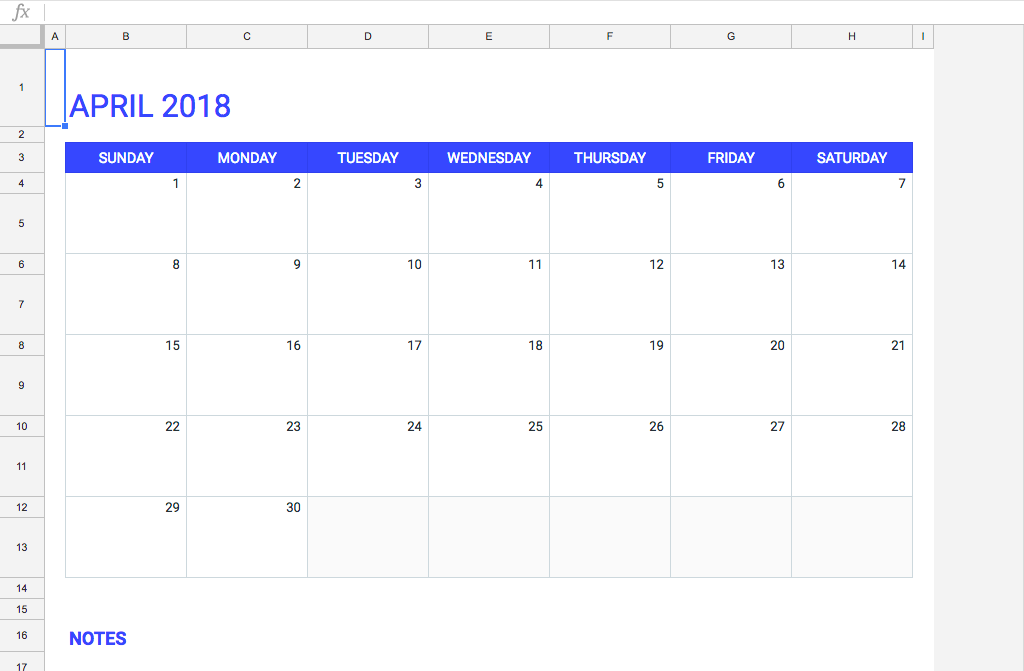In past installments of the macOS vs. iPadOS, we looked at such differences that practically all ordinary users can encounter. In this article, I would like to point out a little more specialized work, specifically with classic office applications - whether it is the Microsoft Office suite, Google Office or the built-in Apple iWork. If you belong to the group of users who cannot do without working with documents, tables or presentations, you can safely continue reading this article.
It could be interest you
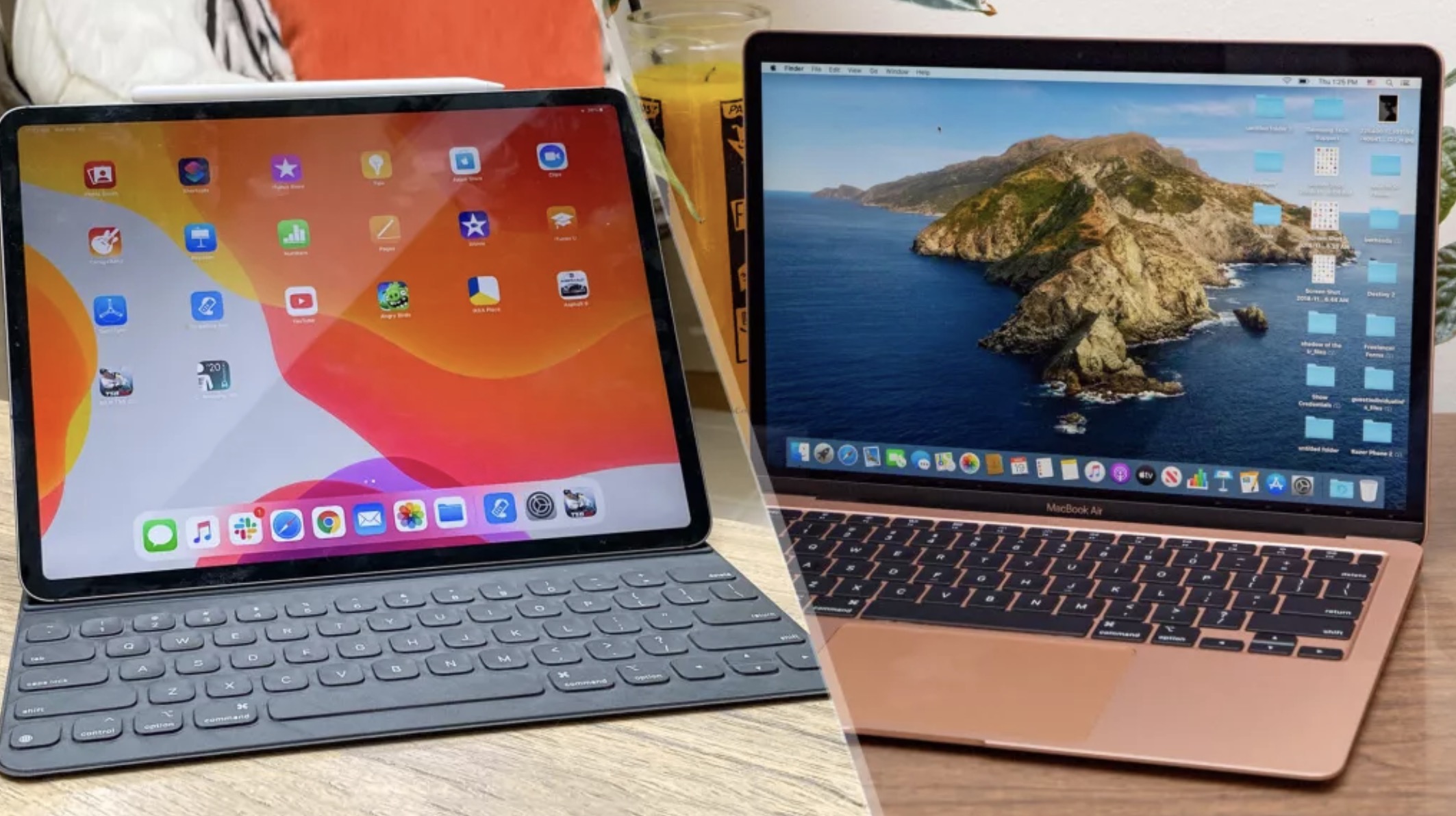
The built-in Pages, Numbers and Keynote can do a lot
When buying Apple products, many people somehow forget that in addition to the reliability and perfect interconnection of all devices, you get several useful native applications. While, for example, Mail or Calendar lack some useful functions, the iWork office package ranks among the more sophisticated, both on Mac and iPad.
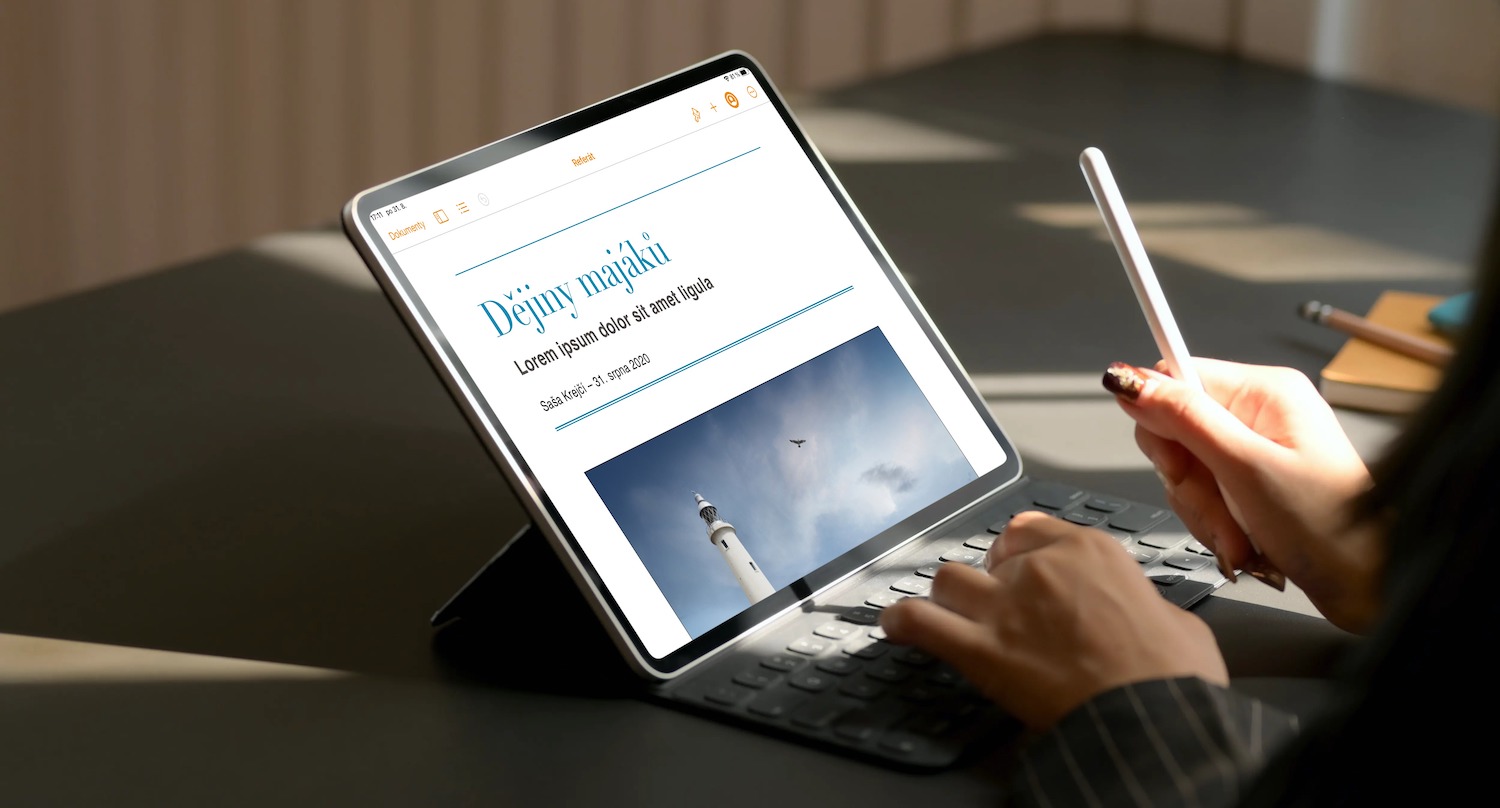
A huge advantage of the iPad, both in Pages, Numbers and Keynote, is the ability to use the Apple Pencil. It works very well in the iWork package and you will be delighted with it, for example, when revising documents. Of course, there are also some functions in iWork that you would look for in vain in the iPadOS version. Unlike the version for macOS, for example, it is not possible to assign a custom keyboard shortcut to certain actions. In addition, there are fewer supported formats available for converting documents in applications for mobile devices, but this will probably not limit most users, since the most used formats are supported by both macOS and iPadOS. However, not everyone is willing and able to work exclusively with office software from Apple, so we will also focus on other packages from the workshop of third-party developers.
Microsoft Office, or when the desktop plays prim
Each of us who communicates at least a little with the environment in Central Europe has encountered the office package from Microsoft, which includes Word for documents, Excel for spreadsheets and PowerPoint for presentations. If you're moving from Windows, you probably wouldn't be thrilled to have to convert all your documents, running the risk that, for example, generated content created in Microsoft Office won't display correctly in Apple apps.
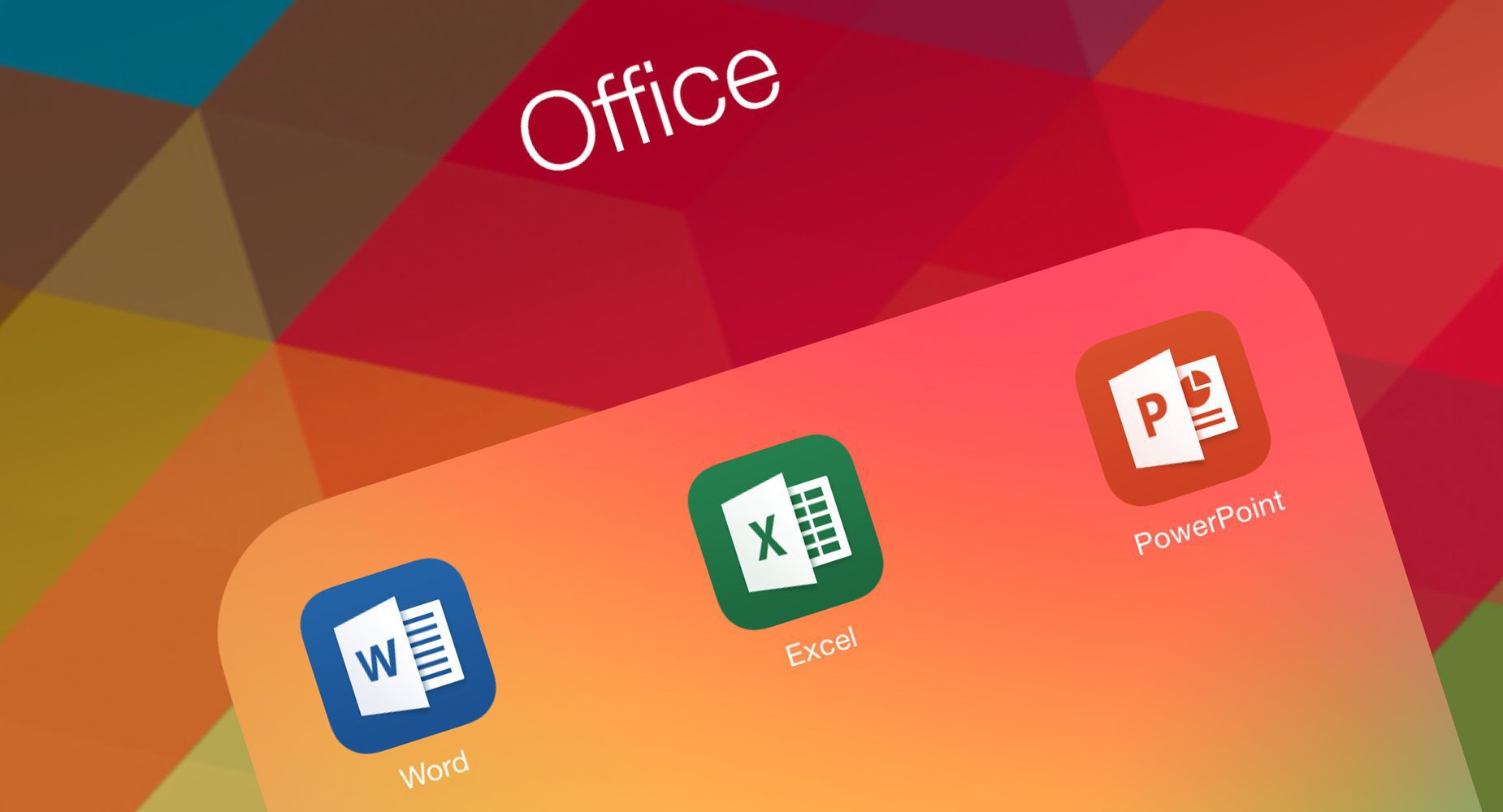
As for applications for macOS, you will find most of the basic and advanced functions here in the same state as you were used to from Windows. Although there are certain specific functions that you would look for in vain on Windows or macOS, apart from some add-ons designed purely for Windows or macOS, compatibility should not be a problem. Overall, Microsoft Office appears to be the most advanced software for spreadsheets, documents and presentations for the desktop ever, hand on heart, but 90% of users do not use these functions, and they only have Office installed because they need to function in the Windows world.
It could be interest you
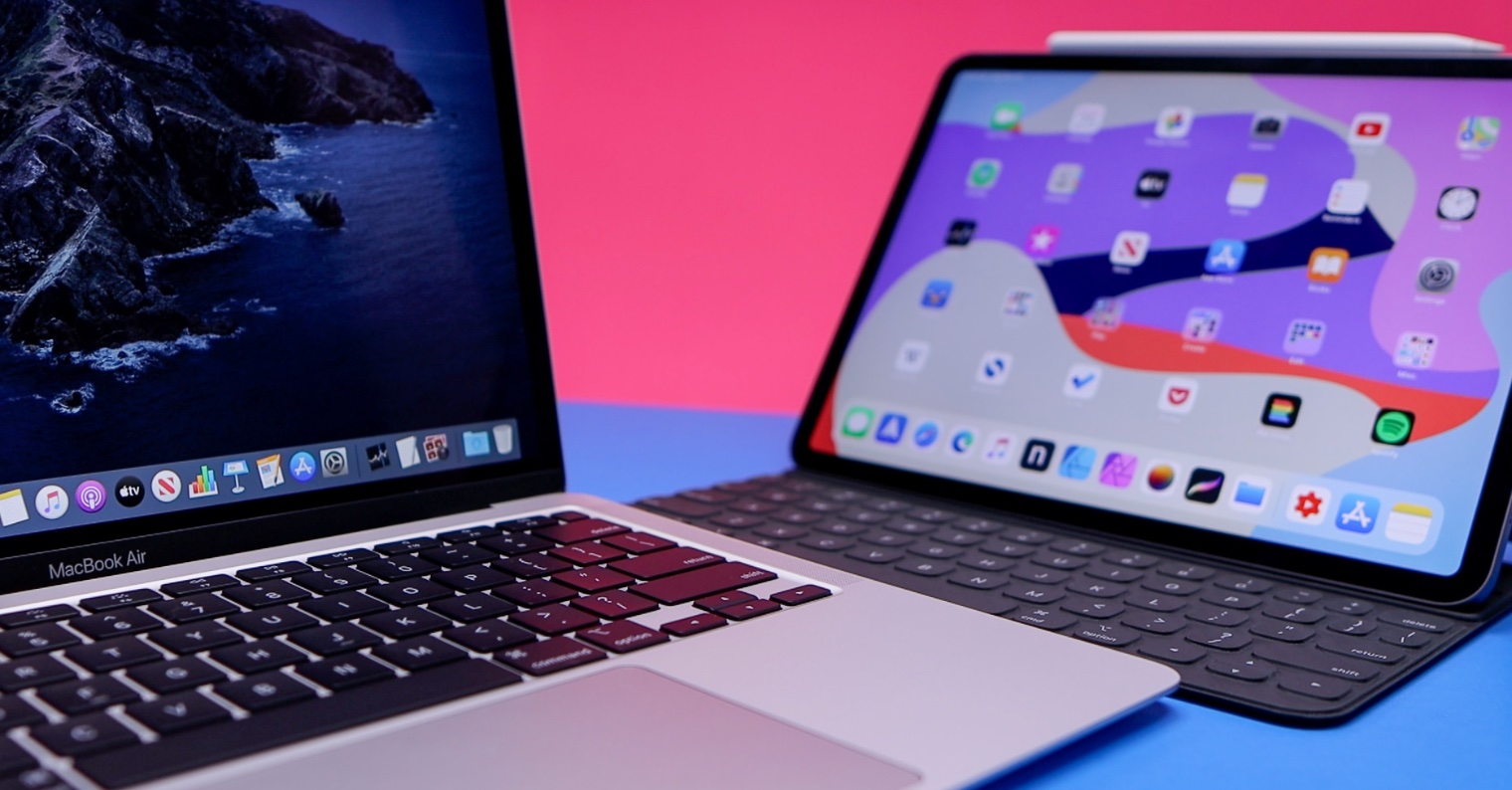
If you open Word, Excel, and PowerPoint on the iPad, you'll know right away that something is wrong. Not that applications don't work and crash, or that files don't display correctly. The programs from Microsoft for tablets are significantly cut from the desktop ones. In Word, for example, you can't even create automatic content, in Excel you won't find some frequently used functions, in PowerPoint you won't find certain animations and transitions. If you connect a keyboard, mouse or trackpad to the iPad, you will find that while the potential of the mouse and trackpad is used to great effect on Microsoft's iPad, keyboard shortcuts are not one of the aspects in which Office for iPad excels. Yes, we are still talking about working on a touch device, on the other hand, if you occasionally want to open and edit a more complex document, advanced formatting shortcuts would definitely come in handy.
 Source: Jablíčkář
Source: Jablíčkář
Another disappointing fact is that you simply cannot open multiple documents in Excel for iPad, Word and PowerPoint have no problem with this. Advanced users will probably not be satisfied with the fact that the Apple Pencil works perfectly in all applications. Despite the fact that I was rather critical in the lines written above, ordinary users will not be disappointed. Personally, I do not belong to the group where I would use the full potential of all the software of the Redmont giant, but I mainly need to open files as quickly as possible, make simple adjustments, or write some comments in them. And at such a moment, Office for iPad is absolutely sufficient. If you use Word for simple homework, PowerPoint for short presentations or demonstrating certain products, and Excel for simple records, you won't have a problem with functionality. However, I personally cannot imagine that I would be able to write a term paper only in Word for iPad.
It could be interest you

Google Office, or the web interface, rules here
I would like to devote a rather shorter paragraph to the office suite from Google, because you can perform essentially the same tasks on both the iPad and the Mac very quickly. Yes, if you install Google Docs, Sheets, and Slides on your tablet from the App Store, you probably won't be happy. Functions that would often come in handy and you won't find them would be impossible to count on the fingers of one hand, moreover, it is not possible to open several documents at the same time. But why bash apps when we can move to a web interface? In these situations, you won't have any problems either on the iPad or on the Mac.
záver
Both iPad and Mac give you the ability to create an efficient document, a nice presentation or a clear table. Tablets in general are great especially for managers, students, and generally people who need to travel often, and rather than the functionality of the applications, they are interested in portability, variability, and fast recording of data. More advanced users, especially of Microsoft Office products, still have to choose a desktop system. However, I would like to give you one final recommendation. If it is at least somewhat possible, try office applications on these devices. That way, you could at least partially find out how they will suit you, and whether the iPad versions are enough for you, or if you prefer to stay with the desktop.
